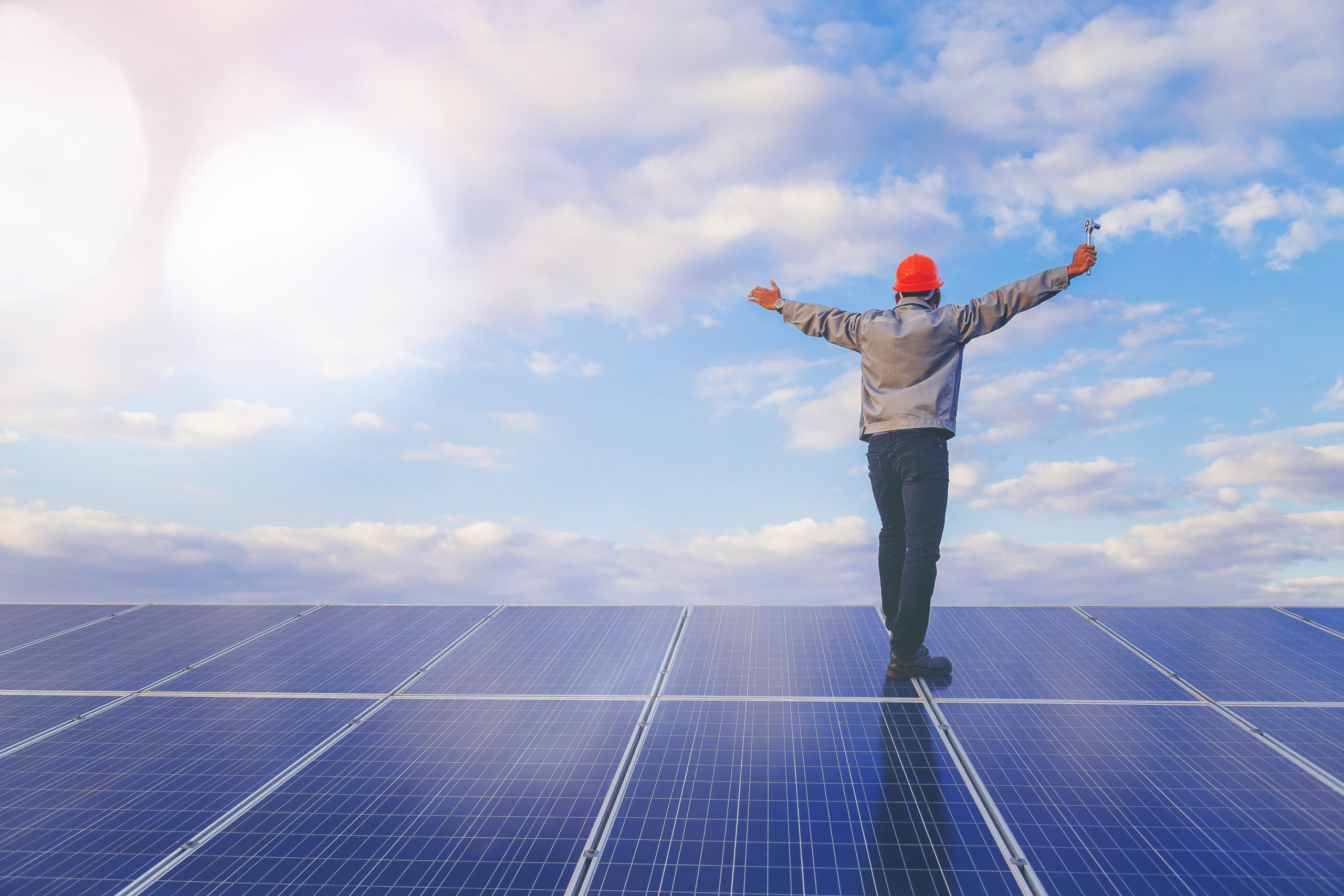Electric prices are not the best, and more people are turning to alternatives such as solar energy. Solar panels are a technology that harnesses the sun’s light and turns it into electricity for your home.
Solar panels can be used in two ways. They can be used to power the energy for your home or to generate electricity that is returned to the main electricity grid. The first thing saves you on energy bills especially if you live in a sunny place. The second way of utilizing the solar energy from your home forces electricity companies to pay you for the power that comes from your panels into the main electricity grid.
The solar panels are dependent on the weather. On days when the sun is cast by clouds or at night, the solar panels produce less electricity or not at all. In order to have electricity from solar panels at all times, many homeowners invest in a solar battery that collects extra electricity produced on sunny days and can be used when the weather is bad or during the night.
The setup of solar panel systems has three main parts. These are the solar panels, an inverter, and the energy management system. Some people additionally invest in a solar battery for energy collection.
There are three different types of variations to this setup. They are:
- Grid Connected Solar Panels. In this setup, the grid of the solar panels is connected to the main electricity grid. You can use your solar power or export it back into the main electricity net.
- Grid Connected Solar Battery. For this one, the solar battery is connected to the grid instead of the panels. The energy stored in the battery can be consumed for the home or be exported into the electric grid to be sold.
- Off-Grid Solar Setup. The off-grid setup is one that is entirely disconnected from the main electricity grid and is entirely dependent on the energy generated from the solar panels.
When using solar panel energy and want to make the most out of it, you will have to plan ahead and consider the amount of sunlight. For a standard 2000W household solar panel system, the optimum amount of energy will be produced when the panels are facing the sun directly, there is nothing shading the panels, and it is a sunny day. On a cloudy winter day, this value can drop down to 100W. For the extra electrical power, you will still need to use the energy from the main grid if your system is connected to it.
You will subtract the amount of energy needed to power various appliances from the total energy produced. You can use the inverter of the system to see how much electricity is generated to know which appliances you can solely power with solar energy at the moment. You can also purchase an energy monitor to see how much energy is produced.







